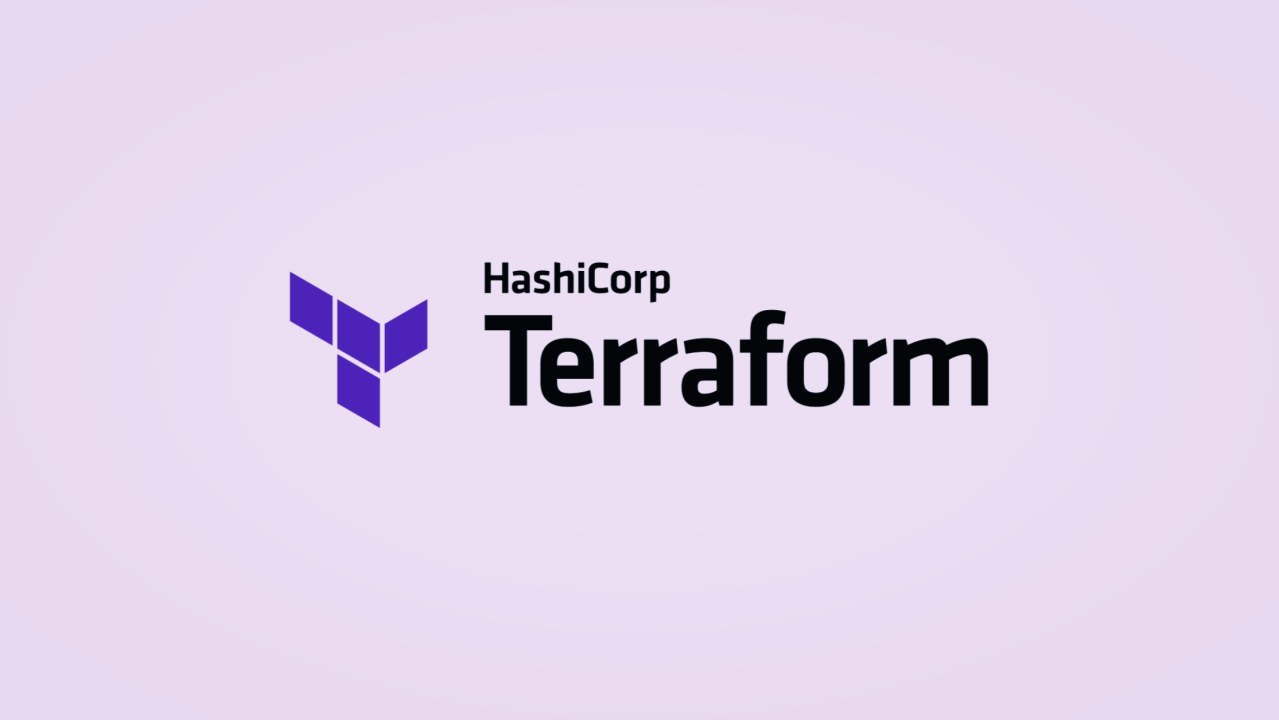
Terraform: Revolutionizing Infrastructure as Code
Rahul Dhiman
Software Engineer @ OXmaint | Building Scalable & Intelligent Solutions | Expertise in Full-Stack, Cloud, AI & Edge Computing
In the world of cloud computing, managing infrastructure can be a daunting task, especially as applications scale and grow in complexity. The traditional approach of manually configuring servers, networks, and other resources is time-consuming and prone to errors. This is where Terraform comes in. Terraform is an open-source tool developed by HashiCorp that allows users to define and manage infrastructure as code (IaC). In this article, we'll explore what Terraform is, its use cases, and how it can be specifically leveraged to manage resources in Azure Cloud.
What is Terraform?
Terraform is an Infrastructure as Code (IaC) tool that allows you to define and provision data center infrastructure using a high-level configuration language called HashiCorp Configuration Language (HCL). With Terraform, you can manage your entire infrastructure lifecycle through configuration files that describe your infrastructure in a declarative manner. Terraform then takes these configurations and automates the provisioning, updating, and destruction of resources in cloud environments like AWS, Azure, GCP, and many others.
Key Benefits of Using Terraform
Common Use Cases for Terraform
1. Provisioning Cloud Resources
Terraform is widely used to provision and manage cloud resources such as virtual machines, databases, load balancers, storage, and networking components. With its extensive provider ecosystem, you can interact with various cloud services, including AWS, Azure, GCP, and even third-party services like Datadog or Kubernetes.
2. Infrastructure Automation for CI/CD Pipelines
In DevOps, Terraform is integrated into CI/CD pipelines to automate the provisioning and scaling of infrastructure as part of the build and deployment process. This ensures that infrastructure is treated as a critical component of the software delivery lifecycle.
3. Environment Consistency Across Stages
Using Terraform, you can replicate identical environments across development, testing, staging, and production. This ensures that your application behaves the same way across different stages of the deployment cycle.
4. Disaster Recovery and Backup
Terraform can be used to create scripts that rebuild entire environments from scratch in the event of a failure. This facilitates rapid recovery and minimizes downtime.
5. Compliance and Security Enforcement
With Terraform, security policies can be enforced as code, ensuring that compliance requirements are automatically met. Terraform's configuration files can be used to audit and review changes before they are applied.
领英推荐
Using Terraform with Azure Cloud
Azure is a popular cloud platform offering a range of services, including compute, networking, storage, and AI. Terraform's support for Azure is robust, enabling organizations to manage Azure resources declaratively through infrastructure code. Here’s how Terraform can be used to manage Azure resources.
1. Setting Up Terraform for Azure
To start using Terraform with Azure, you first need to install Terraform and configure authentication with Azure. This usually involves setting up the Azure CLI to log in to your account and allowing Terraform to interact with your Azure subscription.
2. Creating an Azure Service Principal
To authenticate Terraform with Azure, a Service Principal can be created, which acts as an identity that Terraform uses to perform actions in your Azure subscription. This involves generating credentials, including client ID, client secret, tenant ID, and subscription ID.
3. Writing the Terraform Configuration
In Terraform, infrastructure is defined using configuration files. These files describe resources such as resource groups, virtual networks, and other services in Azure. Terraform then reads these configuration files to understand what needs to be created, modified, or deleted in your cloud environment.
4. Deploying the Configuration
Once the configuration is defined, you can deploy it using a sequence of Terraform commands to initialize the deployment, review the changes, and apply them to your Azure account. Terraform takes care of provisioning the resources according to the specified configuration.
5. Managing Infrastructure Changes
As requirements evolve, you can update the Terraform configuration files to reflect new settings or resources. Terraform will automatically calculate the necessary changes to the existing infrastructure and update it accordingly.
Advanced Use Cases for Terraform on Azure
Conclusion
Terraform has revolutionized the way we manage cloud infrastructure, providing consistency, automation, and flexibility. For organizations using Azure, Terraform is a powerful tool to automate resource provisioning and management, enabling a seamless cloud experience.
Whether you're just starting with cloud infrastructure or looking to streamline your existing workflows, adopting Terraform for Azure can help accelerate development and enhance the efficiency of your cloud operations.
Happy Terraforming!
#Terraform #InfrastructureAsCode #Infra #CloudOps #CloudComputing
Software Engineer | Building Scalable & Reliable Solutions | AWS Certified Solutions Architect | MSCS @ Santa Clara University
5 个月Great article, Rahul! You did an excellent job explaining Terraform's capabilities and how it simplifies cloud infrastructure management, especially with Azure. Loved the detailed use cases—very informative!